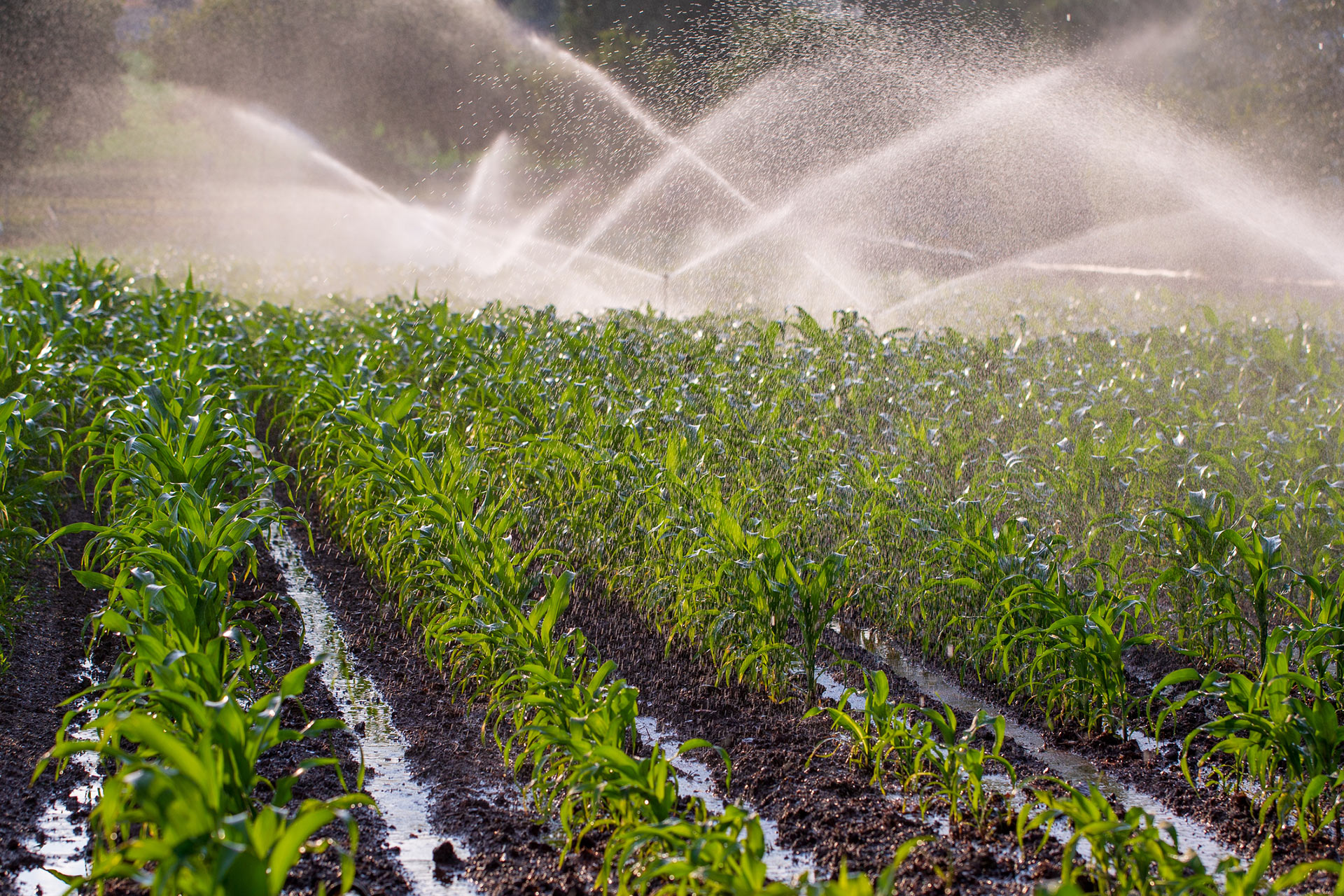What Did The Mayans Develop Calendar Clock Irrigation Maize WEB Sep 7 2022 nbsp 0183 32 Recent analyses suggest that those first settlers came from South America and likely developed their staple food maize by 4000 B C Maize cultivation dramatically changed the Maya s
WEB The Maya followed the movements of the sun moon stars and planets to create their calendars Calendars could include Wayeb days which were days of reflection where people liked to WEB Jul 7 2012 nbsp 0183 32 The Popol Vuh recounts the story of twins who journeyed to Xibalba For the Maya their round of adventures serves as a metaphor for timeless repeating cycles and for the regeneration of earth and all living things Gene S Stuart Mayanist In recent years there have been many books and even more websites concerning the calendar of the
What Did The Mayans Develop Calendar Clock Irrigation Maize
 What Did The Mayans Develop Calendar Clock Irrigation Maize
What Did The Mayans Develop Calendar Clock Irrigation Maize
https://media.baamboozle.com/uploads/images/476184/1635698808_107532.jpeg
WEB The Mayan 1 communities of present day Mexico and Central America developed an intricate calendar with origins as early as the eighth century BCE
Pre-crafted templates use a time-saving service for producing a varied range of files and files. These pre-designed formats and designs can be used for various individual and expert jobs, including resumes, invitations, leaflets, newsletters, reports, discussions, and more, simplifying the content development procedure.
What Did The Mayans Develop Calendar Clock Irrigation Maize

Mayan Calendar Year Zero Month Calendar Printable

Irrigation maize GettyImages 1125727188 Your Connection To Wildlife
.jpg?itok=O3OIpKa2)
MAS Seeds Maize Irrigation Maximise Your Yields

Maya Review Baamboozle

Aztec Food What Did The Mayans Eat DK Find Out

A Person Is Setting The Clock Irrigation Stock Photo Image Of

https:// maya.nmai.si.edu /calendar/calendar-system
WEB Using their knowledge of astronomy and mathematics the ancient Maya developed one of the most accurate calendar systems in human history The ancient Maya had a fascination with cycles of time The most commonly known Maya cyclical calendars are the Haab the Tzolk in and the Calendar Round

https://www. history.com /topics/ancient-americas/maya
WEB Oct 29 2009 nbsp 0183 32 Though the Maya practiced a primitive type of slash and burn agriculture they also displayed evidence of more advanced farming methods such as irrigation and terracing

https://www. britannica.com /topic/Mayan-calendar
WEB Mar 14 2024 nbsp 0183 32 Mayan calendar dating system of the ancient Mayan civilization and the basis for all other calendars used by Mesoamerican civilizations The calendar was based on a ritual cycle of 260 named days and a year of 365 days Taken together they form a longer cycle of 18 980 days or 52 years of 365

https:// maya.nmai.si.edu /maya-sun/sun-corn-and-calendar
WEB The Maya agricultural 365 day calendar is a reflection of the yearly solar cycle The Maya ceremonial 260 day calendar is connected to the relationships between the agricultural calendar the zenith passage of the Sun and the time it takes corn to mature

https://www. timeanddate.com /calendar/mayan.html
WEB The Mayan calendar rose to fame in 2012 when a Great Cycle of its Long Count component came to an end inspiring some to believe that the world would end at 11 11 UTC on December 21 2012 The media hype and hysteria that ensued was later termed the 2012 phenomenon Of course the predictions did not come true just like hundreds of
WEB Jan 2 2022 nbsp 0183 32 In a 2008 paper anthropologist Prudence M Rice considers time as people understood it in the Classic and Postclassic Maya civilization periods that by the calendars most of us use today spanned from around 200 to 900 C E and 900 to 1500 C E respectively WEB Apr 1 2021 nbsp 0183 32 Verified answer 1 Find an answer to your question What did the maya s develop clock numbering system irrigation maize
WEB Mar 22 2022 nbsp 0183 32 The ancient hunter gatherers got less than 10 of their diet on average from maize The first migrants from the south also ate relatively little corn But then between about 5600 years ago and 4000 years ago the proportion of maize surged from 10 to 50 providing the earliest evidence of maize as a staple grain Prufer says